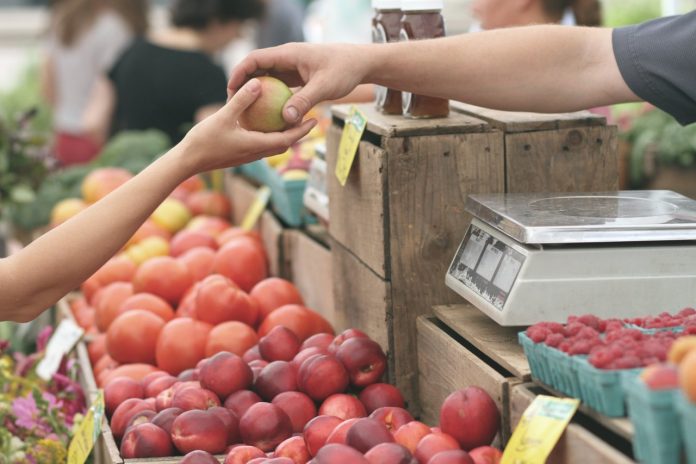Although it feels like a small world sometimes, the truth is the global population is expanding. In order to make sure that we always have enough healthy food to go around, we need to think critically about how to build and support a sustainable food industry. We’ve put together a list of simple tips you can easily implement into your everyday life to help do your part and ensure your family eats well, and sustainably.
Reduce Your Overall Meat Consumption
Did you know that meat is one of the major contributors to climate change? It’s estimated that the production of livestock such as chickens, cows and pigs is responsible for up to 18% of greenhouse gases, one of the leading factors that affects climate change. On a per calorie basis, beef requires 160 times more land than staple crops like wheat or potatoes and it produces 11 times more greenhouse gases.
Scientists have suggested that giving up beef could reduce your carbon footprint more than giving up driving. While you don’t need to quit eating meat altogether, you may want to consider cutting back. For a different healthy protein, try incorporating fish such as Tilapia sourced from a sustainable farm.
Buy Your Seafood From Various Countries

Demand for fish is growing at a rate so rapid that it cannot be filled by wild marine fish stocks such as lakes or the ocean. However, Tilapia farms in countries like Mexico, Honduras and Indonesia are helping to meet the demand for fish by sustainably raising seafood using aquaculture without depleting the world’s natural sources of fish. Fish farmers in North America and Europe raise fish under strict regulations, and many fish from these areas are also considered sustainably sourced. Look for farmed oysters and clams, for example, which have been vetted by multiple environmental organizations.
You already know that it’s important to check the label and make sure your seafood comes from a safe place. Another way you can help is by supporting fish farms in various countries and communities, which ensures that no one source of fish becomes overfished.
Purchase Produce and Meat from Local, Sustainable Producers
While it’s important to source fish from various fish farms across the world, it’s also important to source meat and produce from local, sustainable producers—especially if you don’t live near an ocean. By supporting local farms and ranches, you’re giving back to your local economy and small businesses, and also reducing your overall carbon footprint. The average meal travels 745 miles between its farm and your plate. That requires a large amount of gas to transport your food via plane, train or car.
Grow Your Own Fruits and Vegetables

You don’t have to be a green thumb or own a lot of land to grow your own produce. Growing your own herbs, fruits and vegetables doesn’t take much work and can even be done in your windowsill. Zucchini, basil, peas and beans are extremely easy to grow and are totally sustainable since they don’t take away from the global food supply. Growing your own food will give you a greater appreciation for your sustainable food producers. It will also give you a great sense of satisfaction when you harvest the food you planted and grew yourself.
As the world continues to expand, we need to make sure our food is coming from sustainable places so that we can continue to enjoy the foods we love. By implementing these tips, you’ll be well on your way to ensuring we have access to delicious, sustainable food for generations to come.
Photo Credits: Erik Scheel / Pexels, Meliani Idriss / Pexels, Alejandro Barrón / Pexels






